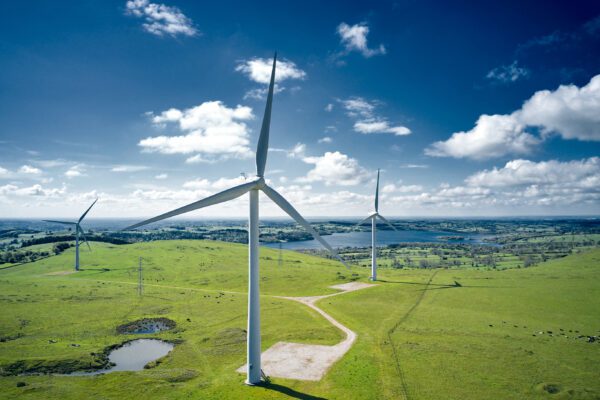
How energy storage is changing for data centres
How is energy storage changing in the data centre industry and how could it help them meet their carbon neutral targets?
Most data centres rely on diesel generators for their energy storage. But with pressures to reduce carbon emissions on the road to net-zero and reach carbon neutral by 2030, data centres need to do more over the next few years.
Keeping the lights turned on 24/7 is imperative for any data centres reputation as a core part of their service. Which is why they need a reliable energy storage solution. But how is energy storage changing in the data centre industry and how could it help them meet their carbon neutral targets?
Energy storage challenges
Whilst data centres know they need to find greener solutions as one of the largest consumers of energy, there are a few challenges to overcome.
Performance
Every data centre requires a certain level of performance to balance environmental goals with service reliability. Data centre owners and operators need to have the confidence that renewable energy storage systems will give their data centres the same performance as traditional diesel back-up generators.
Financial investment
Implementing a renewable energy storage solution such as a battery storage, can have a high upfront cost. And with data centres trying to balance the current energy market prices with demand for renewable investment, getting board approval for a significant investment can be tricky. But, the Return on Investment (ROI) can be demonstrated, and the move will also support a data centres carbon neutral target.
Regulations
There are currently no regulations around data centres net-zero efforts, however, many have signed up to the Climate Neutral Data Centre (CNDC) pact of reaching carbon neutral by 2030. For data centres in the UK who have not signed up to the CNDC pact, the UK government has set a target of reaching net-zero by 2050. So, whilst there are not any official regulations for data centres, they must all work towards being net-zero and energy storage is a large part of that journey.
Types of energy storage
Data centres now need to review their options when it comes to renewable energy storage. There are many different types available, all with their own benefits and drawbacks.
Hydrogen fuel cells
Hydrogen fuel cells store fuel generated from the separation of hydrogen and oxygen rather than from alternative energy sources such as solar PV. They are currently being explored in the R&D departments of several industry leaders, however, because of the way they work, they are more limited in use than other types of energy storage.
Lithium-Ion batteries
Lithium-ion batteries were considered inappropriate for data centres due to their reliability and stability. However, with increased use in other electronics such as phones and electronic vehicles (EVs) enough advancements were made to ensure they were a good option for data centres moving forward.
Bloomberg have predicted that lithium-ion batteries will account for 35% of data centre UPS energy storage by 2025 — up from 1% in 2016. Google implemented lithium-ion batteries in their data centre in Belgium, completely replacing their diesel generators and demonstrating that battery storage is now a viable replacement.
Kinetic
Kinetic energy in the form of flywheels has been used in many data centres around the world as a short-term energy back-up solution. A flywheel system stores energy mechanically in the form of kinetic energy by spinning a mass at high speed. The rotator keeps spinning until it is called upon to release the stored energy.
Pumped hydro
Pumped-storage hydropower (PSH) is a hydroelectric energy storage. It has two water reservoirs at different elevations to generate power as water passes through a turbine and draws power from the water pumps recharge to the upper reservoir.
Gravity
Gravity storage involved a piston with millions of metric tonnes raised by water pressure to store energy. As the piston descends, the water is pushed through a generator to delivery electricity. There is also the concept of hydraulic lifting of a large rock mass using water pumps. The rock mass acquires potential energy and can release it when the water that is under pressure is discharged back through a turbine.
How energy storage is changing the game for data centres
Having reliable back-up power for any data centre is crucial but they must invest into doing it in a renewable way to meet targets. With many types of battery storage, one or a combination could help data centres find the answer to replacing inefficient diesel generators.
New technologies are being developed all the time to help support the energy needs of businesses and the quicker data centres can utilise energy storage solutions, the better.
Green energy storage is paving the way for data centres to be able to make more energy efficient moves, and not just from storing renewable energy but also harnessing heat output from sites and converting this back into energy for themselves or others.
Work with a trusted expert
Working with an expert who has a vast understanding of data centre needs and capability can help ensure your data centre stays on the right track. See how well your data centre is doing with our PUE calculator tool and see how our experts can help on01772 689250 or email [email protected].










